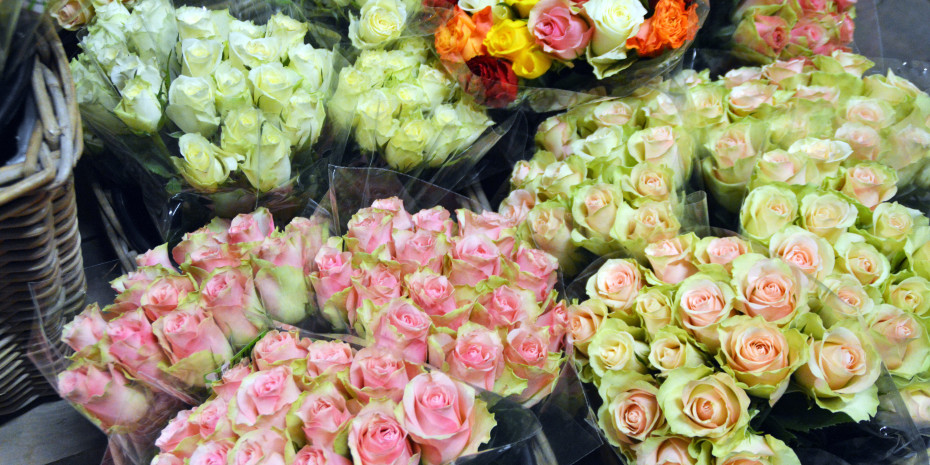As in previous years, cut flowers were chiefly responsible for the increase in imports, accounting for 78 per cent of the overall imports into the EU. Their value growth likewise comes to 5.3 per cent.
The fact that the volume of imports is rising faster in percentage terms than their value shows that the trend in the last few years towards higher-value products has not been sustained, according to a market report by Co-Concept. The report was commissioned by Messe Essen for the international trade fair IPM 2017.
Changes are continuing, however, with regard to the producing countries. Kenya remains the undisputed number one, accounting for roughly 27 per cent of imports into the EU, followed by Ethiopia, Ecuador and Colombia. The growth in imports is attributable to these countries, while the trend with regard to Israel, the USA and Costa Rica is downwards.
Going in the other direction, flowers and plants totalling 664 000 t with a value of € 1.98 bn were exported from the EU in 2015, according to Eurostat. In comparison with the previous year, that is a decline of 3.1 per cent in terms of quantity. The EU's exports, which have exhibited an upward tendency for ten years, thus declined for the second time in succession since 2013. At the same time, there was an increase of 5.1 per cent in the value, which relates to all the ranges of flowers and plants. Falling export quantities with rising export values mean that increasingly higher-value products are being exported by the EU's member states.
In spite of the EU's increased imports of cut flowers and thus the repeated extension of the negative balance of trade in the segments of cut flowers and cut foliage (in 2015: approx. € 620 mio/in 2014: approx. € 500 mio), the EU's balance of trade turns out to be positive. The overall consideration shows a trade surplus amounting to approx. € 300 mio in the case of flowers and plants. The trade surplus has now been evident since 2002 and may primarily be attributed to the exports of flower bulbs and tubers from the EU.
At first glance, the target markets for EU exports turn out to be similar to those in the past. Russia and Switzerland remain the countries with by far the strongest demand for European flowers and ornamental…








